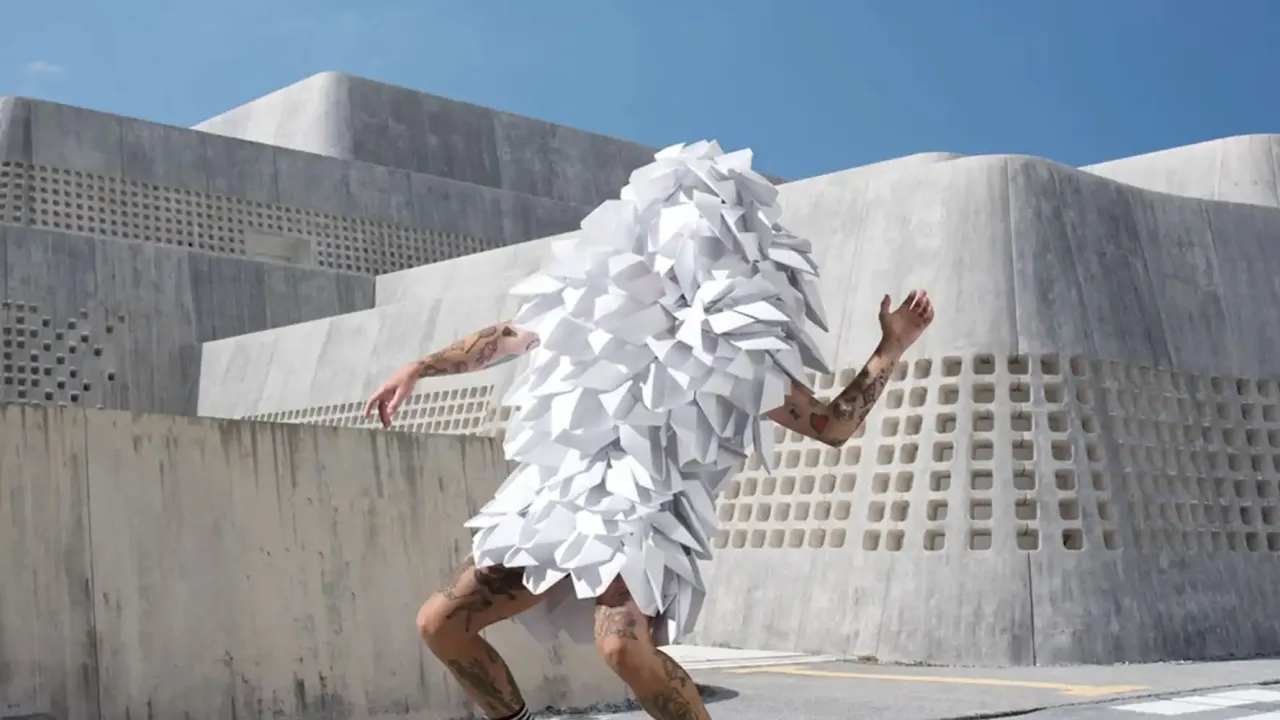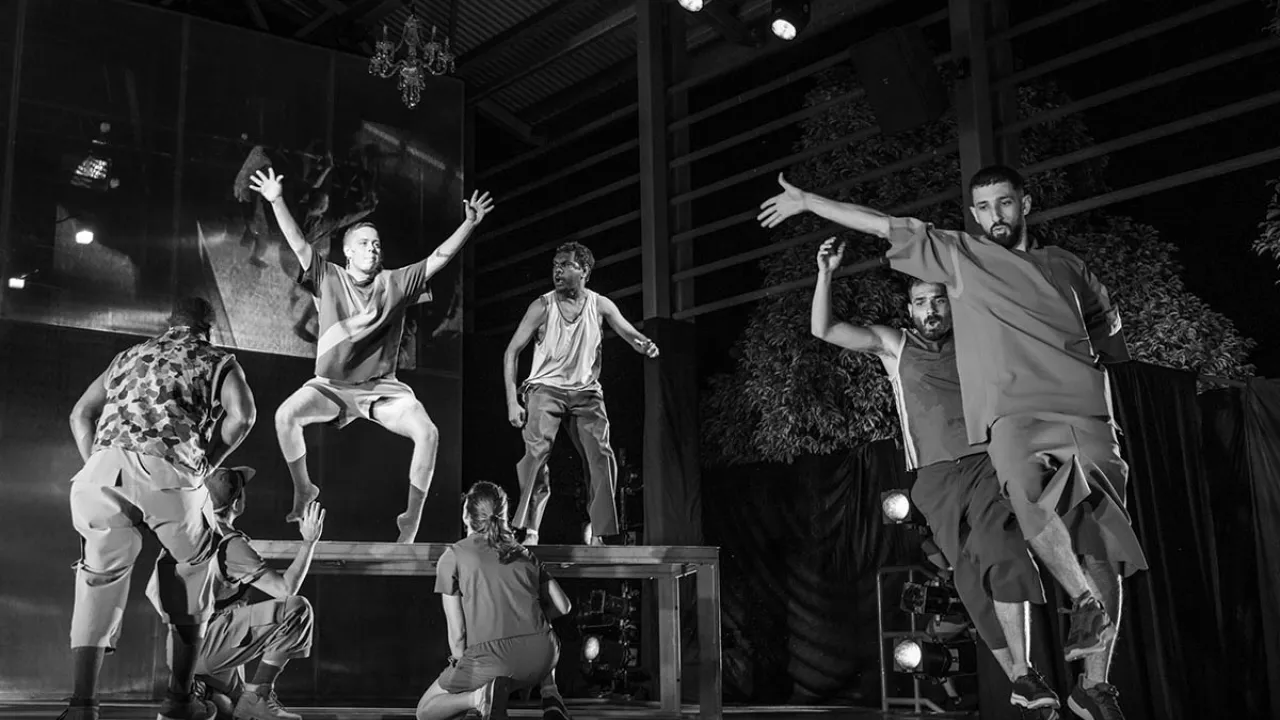Breadcrumb
Grants and opportunities
What do you mean by experimental?
Emerging and experimental arts may sometimes be difficult for audiences to engage with and understand. Its processes often resemble those of research and development, experimentation and creative development. Artists funded by emerging and experimental arts develop projects that generally have some of the following characteristics:
- Highly conceptual, contextual, relative and relational – they address the question ‘what is experimental now?’
- Play with or invent new forms, methodologies, technologies or non-material ideas.
- Investigate problems and ask questions without necessarily focusing on the answer. The process of exploration is more important than a fully resolved artistic product as the project outcome.
- They explore innovative partnerships and collaborative/cross-disciplinary processes.
Applicants to this category must be able to demonstrate what is experimental about their own practice and project and explain why this is experimental in their own context and the broader arts sector.
Does my project need to be interdisciplinary?
Your project does not need to be interdisciplinary.
Emerging and experimental arts activity is innovative in its methodology and often takes risks with processes and outcomes of the work. This can happen both within and across art forms and disciplines.
We find the most competitive applications often involve innovative creative collaborations and partnerships – between artists, or artists collaborating with non-artists. New and experimental processes often emerge from an interdisciplinary collaboration or partnership.
Does my practice need to involve technology?
No, your project does not need to involve technology to be eligible or competitive for grants and opportunities from emerging and experimental arts.
Projects may include Indigenous and intercultural collaborations, art and science, social engagement, community participation, artistic interventions into public spaces, artists working with urban renewal and ecology projects, and much more.
If technology forms a core part of your project, it is important to clearly articulate how and why it will be used. In all cases, the most competitive applications clearly communicate the innovative ideas and processes driving the experimental arts activity.
Discover more
Assessment panels
Our assessment panels include artists and creative workers who understand the creative process. Their involvement ensures Creative Australia’s funding decisions remain at arm’s length.
Application process
Creative Australia encourages applications from practising artists, arts workers and organisations. Find out more about our application process.
Applications FAQ
Frequently asked questions about how to apply for grants and opportunities and how our application processes work.
How we assess applications
Find out more about our assessment methods and how we use peer assessment, industry advice and staff assessment.
Contact Creative Australia
Zohar Spatz, Head of Community and Experimental, Artform Development
For help with your application, please contact Creative Australia.










